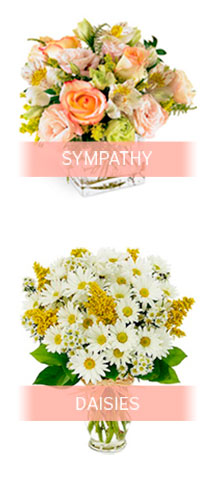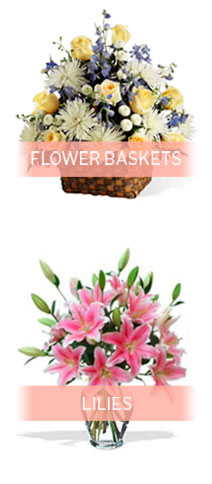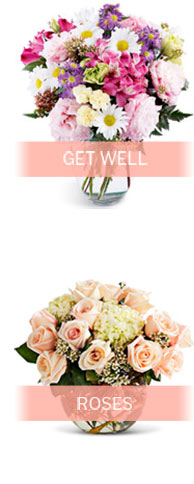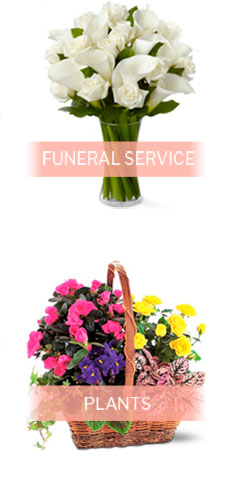|
||||||||||
|
||||||||||
|
||||||||||
 |
|||||
|
 |
||
 |
 |
 |
 |
 |
|
|
Transform your heartfelt intentions into vibrant reality with our unparalleled flower delivery service to hospitals, where each bouquet is a beacon of hope and a testament to care; whether it's a celebration of new beginnings or a comforting gesture during challenging times, our stunning arrangements are meticulously crafted to speak volumes when words fall short-delivering not just flowers, but a surge of positivity, a burst of color, and a touch of nature's healing embrace right to the bedside, ensuring your thoughtful message is felt, cherished, and remembered.
|













